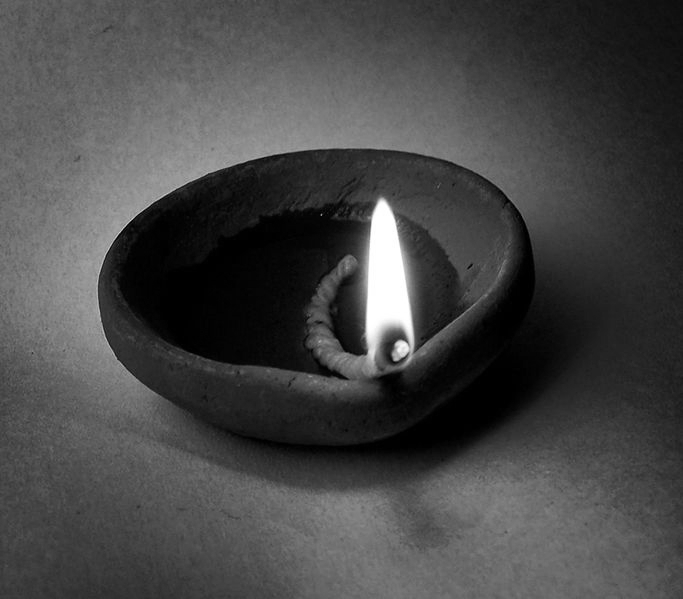

| Online: | |
| Visits: | |
| Stories: |

| Story Views | |
| Now: | |
| Last Hour: | |
| Last 24 Hours: | |
| Total: | |
The Cheap, Easy-To-Make Survival Lamp Your Great-Grandparents Used
Imagine you are sitting in a log cabin, or perhaps hunkered down in a lean-to or some other makeshift shelter in the woods. It’s dark, and you’d like more light than your fire provides so you can do some chores.
Maybe you are mending your socks, or sewing a button back in place, enjoying a meal, or just trying to do a little reading before bed. Or maybe you are in a survival situation, and have lost modern means of lighting, or the grid has gone down, and your rural homestead still needs lighting. Or maybe you just like the tools and skills of the past. Either way, it’s dark and you want some light. There are a number of traditional means of lighting your home or shelter, ranging from kerosene lamps, to wax or tallow candles, to the often-forgotten tallow lamp.
Illumination through combustion was the first way our ancestors fought off the darkness, starting with fires and torches, and reaching a point of refinement with pressurized white gas and propane before the electric light won out in the end.
Until petroleum refining took off in the mid-19th century, natural fats and oils provided that illumination. In the Middle East, olive oil was a popular illuminating oil, and at one time, whale oil lit the homes of the well-to-do and wealthy in Europe and America.
Source: http://www.offthegridnews.com/extreme-survival/the-cheap-easy-to-make-survival-lamp-your-great-grandparents-used/



